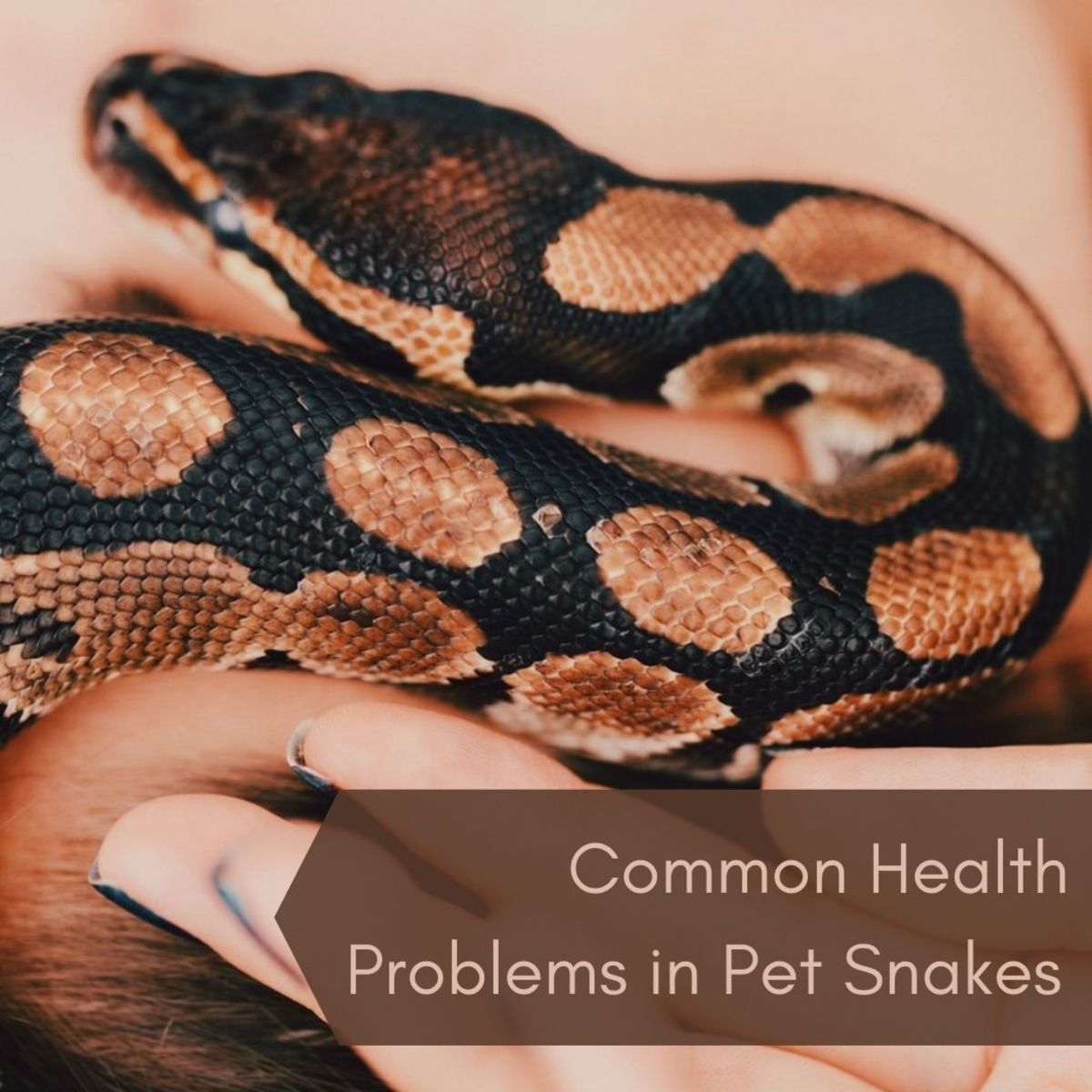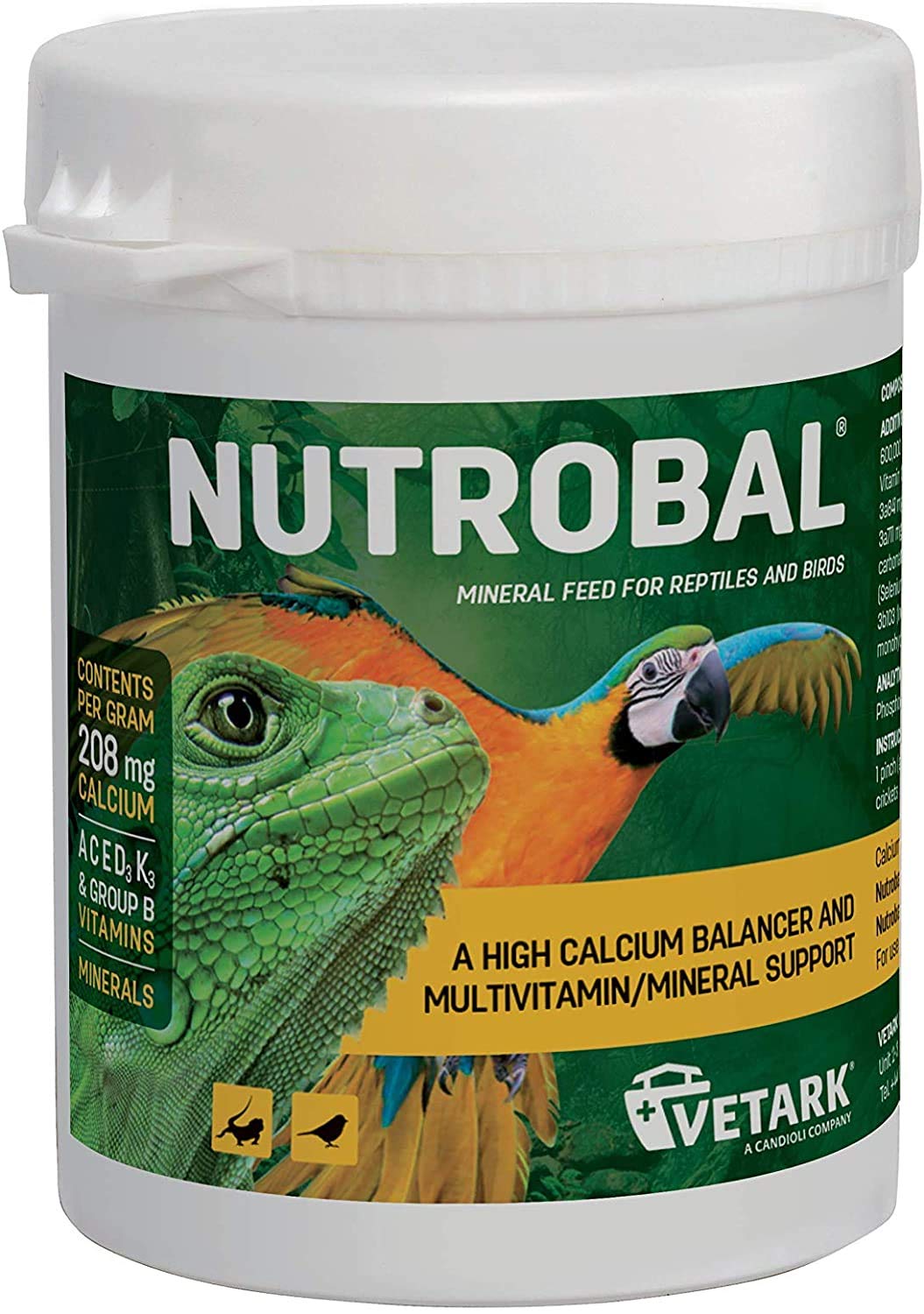It is heartbreaking to watch a beloved pet snake slip away. No one wants to think that their beloved snake could be dying, but it is important to know the signs to look out for. If you are asking yourself “how do I know if my snake is dying?”, this article will provide information on the signs to watch out for so that you can intervene and provide the best care for your pet.
Signs of a Sick Snake

1. Changes in Behavior
Sick snakes may become less active, which can include sleeping more or not moving around much. They may also become more irritable, lashing out when handled.
2. Changes in Appetite
A decrease in appetite is a sign of potential illness. If your snake refuses to eat its food, this could be an indicator of a health problem.
3. Other Physical Signs
Sick snakes can have difficulty shedding their skin, and may have a cloudy eye or sneezing. They may also have an increased respiratory rate or mucus in their mouth. Any of these symptoms could signal that your snake is ill.
Causes of Illness in Snakes

1. Parasites
Parasites such as mites, ticks, and worms can cause anemia, weight loss, and lethargy in snakes. They can also spread disease and lead to secondary infections.
2. Poor Nutrition
Poor nutrition can lead to a weakened immune system and can cause health issues in snakes. A lack of essential vitamins and minerals can lead to organ failure and other health problems.
3. Environmental Stress
Snakes can be sensitive to their environment and can become stressed by changes in temperature, humidity, and lighting. Stress can lead to health issues, such as respiratory infections and skin issues.
Diagnosing Illness in Snakes

- Look for changes in behavior, such as lethargy, refusal to eat, or apparent pain.
- Check for any swelling or bumps on the snake’s body.
- Examine the snake’s eyes for any signs of infection, injury, or discharge.
- Check the snake’s skin for signs of discoloration, unusual markings, lesions, or signs of shedding.
- Look for any dirt or debris on the snake’s body.
- Observe the snake’s movements for any signs of stiffness or difficulty moving.
- Inspect the snake’s mouth for any signs of infection, injury, or discoloration.
- Check for any unusual lumps or bumps on the snake’s head or neck.
- Check for any signs of dehydration, such as sunken eyes or wrinkled skin.
- Examine the snake’s feces for signs of parasites or other health problems.
1 Blood Tests

A blood test can provide important information about the health of your snake. It can be used to diagnose and monitor infections, anemia, metabolic diseases, and more. A veterinarian can take a sample of your snake’s blood and analyze it in a lab to look for any abnormalities.
| Test | Information |
|---|---|
| Complete Blood Count (CBC) | Assesses the number of red and white blood cells, as well as the amount of hemoglobin (the oxygen-carrying protein in red blood cells). |
| Biochemistry Profile | Assesses the levels of various substances in the blood, such as glucose, protein, electrolytes, and enzymes. |
| Serology | Tests for the presence of antibodies to certain diseases, such as respiratory infections, parasites, and viruses. |
| Urinalysis | Tests for the presence of glucose, protein, ketones, bacteria, and other substances. |
The results of the tests can help diagnose and monitor many diseases and conditions that can lead to a snake’s death, such as anemia, infections, and metabolic diseases.
2 X-rays

If your snake is having difficulty breathing, a veterinarian may suggest getting X-rays done. X-rays will help to identify any blockage in the airway, or any other abnormalities within the lungs. Your vet may also suggest getting X-rays of the abdomen to look for any issues with the internal organs that could be causing the breathing difficulties. Additionally, X-rays can help to identify any underlying conditions that may be causing the snake to become ill.
3 Biopsy

Biopsy is a procedure that involves taking a small tissue sample from the snake’s body. This sample is then sent to a laboratory for testing. If a snake is showing symptoms of illness, a biopsy can be done to determine the cause. The most common symptoms to look out for include changes in behavior, weight loss, and difficulty eating or swallowing. A veterinarian can perform a biopsy and provide results in a few days. The results will provide information on the health of the snake and whether or not it is dying.
Treating Illnesses in Snakes

If your snake is exhibiting signs of illness, it is important to take them to a qualified veterinarian or herpetologist as soon as possible. A qualified professional will be able to diagnose and treat the snake’s illness appropriately.
The most common illnesses seen in snakes include respiratory infections, parasite infestations, and infections of the skin. Treatment for these illnesses typically involves antibiotics, anti-parasitics, and topical medications.
Respiratory Infections
Respiratory infections are usually caused by bacteria or fungal organisms. The most common symptom of a respiratory infection is wheezing and difficulty breathing. Treatment typically involves antibiotics and supportive care such as heating and humidification.
Parasite Infestations
Parasite infestations are usually caused by worms, mites, or other external parasites. The most common symptoms of a parasite infestation include loss of appetite, weight loss, and lethargy. Treatment typically involves anti-parasitic medications and supportive care such as providing a clean environment.
Infections of the Skin
Infections of the skin are usually caused by bacteria or fungi. The most common symptom of a skin infection is irritation, redness, and swelling of the affected area. Treatment typically involves topical medications and antibiotics.
In addition to the treatments mentioned above, it is important to provide your snake with a clean and stress-free environment. This will help to prevent the recurrence of illnesses and ensure that your snake remains healthy and happy.
1 Antibiotics

- Look out for signs of infection, such as mucous discharge, swelling, or pus.
- Check if your snake has an abnormal appetite.
- Monitor its activity level as it may become lethargic.
- Check its skin for any sores, wounds, or discoloration.
- If your snake is displaying any of these symptoms and you have ruled out underlying medical conditions, administer antibiotics as prescribed by your veterinarian.
2 Anti-Parasitics

| Name | Usage |
|---|---|
| Fenbendazole | Used to treat gastrointestinal parasites |
| Ivermectin | Used to treat mites, nematodes, and other parasites |
Anti-parasitics are drugs used to treat parasitic infections. These infections can be present in snakes, and if left untreated, can lead to serious health problems and even death. Two common anti-parasitics used to treat snakes are Fenbendazole and Ivermectin. Fenbendazole is used to treat gastrointestinal parasites, while Ivermectin is used to treat mites, nematodes, and other parasites.
3 Vitamin and Mineral Supplements

- Vitamin A: This vitamin is essential for proper skin and eye development. It helps prevent vision problems and skin diseases. It is also important for a healthy immune system.
- Vitamin D3: This vitamin helps regulate calcium and phosphorus levels in the body, which is important for healthy bones and teeth. It also helps keep the body’s cells functioning properly.
- Calcium: Calcium is essential for proper bone and muscle growth. It is also important for healthy nerve function and the production of energy.
Prevention of Illness in Snakes

| Steps | Details |
|---|---|
| 1. Provide Proper Habitat | Keep the humidity and temperature in the snake’s habitat at the appropriate levels. Provide a clean environment and clean the habitat regularly. Make sure the snake has a place to hide. |
| 2. Feed Healthy Diet | Feed your snake a healthy diet of pre-killed, frozen rodents that are appropriate for the size of your snake. Thaw the rodent before feeding it to your snake. |
| 3. Handle Carefully | Handle your snake gently and avoid rough handling. If you notice your snake is feeling stressed, leave it alone for a few days. |
| 4. Veterinary Care | Take your snake to a qualified reptile veterinarian at least once a year for a physical exam, and more often if your snake shows any signs of illness. |
By following these steps, you can help keep your snake healthy and prevent illness.
1 Proper Diet

A healthy diet is essential for any living creature, including snakes. Snakes need a balanced diet of protein and fat, as well as other vitamins and minerals. Feed your snake an appropriate amount of food that is appropriate for their size and species. Offer a variety of food items, including whole rodents, insects, and pre-packaged snake diets.
| Food Type | Amount |
|---|---|
| Whole Rodents | 1-2 per week |
| Insects | 2-3 times per week |
| Pre-packaged Snake Diet | 1-2 times per week |
A snake that is not eating and is losing weight can be a sign of illness. Monitor your snake’s eating habits to ensure they are healthy and getting the proper nutrition.
2 Regular Vet Visits

| Benefit | Description |
| Catching Early Signs of Illness | Regular vet visits can help catch early signs of illness that can be treated before they become serious. |
| Preventative Care | Vet visits help ensure your pet receives all the necessary preventive care, such as vaccinations and parasite control. |
| Nutrition | A vet can advise you on the best diet for your pet and provide recommendations for any supplements your snake may need. |
| Treatment of Illness | An experienced vet can diagnose and treat any illnesses that your pet may develop. |
Regular vet visits are essential for keeping your pet snake healthy. Regular check-ups can help detect any potential health problems early, allowing for timely treatment. A vet can provide advice on nutrition, preventive care, and treatments for any illnesses that may develop. In addition, the vet can provide advice on how to provide the best possible care for your pet.
3 Proper Vaccinations
It is important for pet owners to ensure their snake is vaccinated properly. Vaccinations can help prevent serious illnesses and keep your pet healthy. Common vaccinations for snakes include rabies, botulism, and snake mite.
Rabies is a virus that affects the central nervous system and can be fatal if left untreated. Vaccinating your snake against rabies is important, as it can be transmitted to humans and other animals.
Botulism is a bacterial infection that affects the respiratory system and can cause paralysis. Vaccinating your snake against botulism can help keep it safe.
Snake mite is an external parasite that can cause skin irritation and discomfort. Vaccinating your snake against snake mite can help prevent this parasite from taking hold.
It is important to consult with your veterinarian to ensure your snake is up to date on all of its vaccinations. Vaccinating your snake can help it stay healthy and avoid serious illnesses.
When to Seek Emergency Care
If your snake is acting unusually lethargic, has difficulty breathing, is having seizures, has a decreased appetite, or is regurgitating its food, it is important to seek emergency care from a veterinarian immediately. Additionally, if your snake is exhibiting signs of paralysis, is unresponsive, has difficulty moving, or has a bloated belly, emergency care is advised. If your snake is unresponsive and has a bluish-colored tongue, this is a sign that the snake is not getting enough oxygen and needs urgent medical attention.
Frequently Asked Questions
What are the signs to watch out for that indicate a snake may be dying?
Signs of a snake in decline include decreased appetite, difficulty shedding, lethargy, sunken eyes, labored breathing, and discolored or patchy skin. If your pet snake appears to have any of these symptoms, it is important to contact a qualified veterinarian for an accurate diagnosis and treatment. Additionally, a snake that is dying may become more aggressive or hide more than usual. If these behaviors are observed, it is important to seek medical attention for the snake immediately.
Why do snakes turn upside down when they are close to death?
Snakes turn upside down when they are close to death due to a physiological phenomenon known as ‘terminal stargazing’. This is thought to be caused by a release of hormones in the brain when the snake is close to death, resulting in their head pointing up and their body becoming limp. It is important to note that this behaviour is not seen in all snakes and can be a sign of other conditions, such as a respiratory infection or neurological problems. Therefore, if your snake is exhibiting this behaviour, it is important to seek veterinary advice.
What does a dead snake typically look like?
A dead snake typically looks limp and discolored, and its tongue will be out and motionless. Its body may also be rigid, and its eyes may be dull and cloudy. The snake may also be cold to the touch.
What Could Be the Cause of My Snake’s Death?
The most common causes of death in snakes are malnutrition, infection, trauma, and stress. Malnutrition can be caused by improper diet, lack of food, or an underlying illness. Infection can be caused by bacteria, fungi, or parasites, and can result from inadequate husbandry or an underlying illness. Trauma can be caused by physical injury, such as a bite from another animal or a fall from a height. Stress can be caused by improper environmental conditions, such as extreme temperatures, overcrowding, or poor sanitation. If your snake is showing signs of illness, it is important to take it to a veterinarian for diagnosis and treatment.
How long does the dying process usually take for a snake?
The length of time it takes for a snake to die varies widely depending on the species, the age of the snake, and the cause of death. Typically, the dying process can take anywhere from a few minutes to several days. If the snake is old or suffering from an illness or injury, the dying process may be slower and take longer.
Conclusion
If you notice any of the signs discussed in this article, it is important to seek medical attention for your snake as soon as possible. A sick snake can worsen quickly, so early intervention is important. If you are ever unsure of your snake’s health, contact your veterinarian for advice as soon as possible.
- Signs of Illness in Snakes from The Spruce Pets
- General Snake Care from Reptiles Magazine






